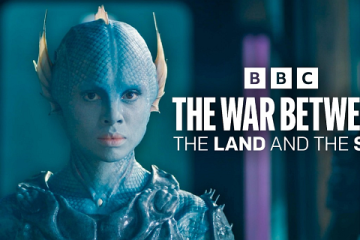After the Hunt: Understanding the Impact on Wildlife Conservation
Introduction
The phrase ‘After the Hunt’ encapsulates a significant conversation in conservation biology, touching upon the complex relationship between hunting practices and wildlife management. As hunting remains a contentious issue globally, the discussions surrounding its benefits and drawbacks are especially relevant in the context of biodiversity, ecosystem health, and community engagement. As our understanding of wildlife conservation evolves, it becomes imperative to assess the effects that hunting has on ecosystems and species populations, shaping our approach to preserving nature.
The Dynamics of Hunting and Wildlife Management
Recent studies have shown that regulated hunting can play a crucial role in conservation efforts when managed sustainably. For example, in countries like Namibia and South Africa, trophy hunting has been linked to funding local conservation initiatives and community development. This approach creates an economic incentive for local inhabitants to protect their natural resources rather than exploit them for immediate gain.
However, the narrative is not entirely positive. Unregulated hunting and poaching have had devastating effects on wildlife populations, leading to declines in species such as rhinos and elephants. Conservationists warn that while hunting can provide resources for certain areas, it can also exacerbate the vulnerabilities of already threatened species. The duality of hunting as both a tool and a threat underscores its intricate role in wildlife management.
Recent Developments in Regulation and Conservation Strategies
In recent months, various countries have begun reevaluating their hunting regulations to better align with conservation goals. For instance, the United Kingdom has been active in discussing potential bans on trophy hunting imports, which is seen as a way to combat illegal hunting and protect endangered species worldwide. Additionally, wildlife conservation groups are advocating for more sustainable practices that ensure hunting does not impede efforts to restore and maintain healthy ecosystems.
Moreover, initiatives focusing on hunting education and awareness have emerged, aiming to engage hunters in sustainable practices that support conservation. By promoting an understanding of the ecological impacts and benefits associated with ethical hunting, stakeholders hope to foster a culture of responsibility among hunters.
Conclusion
The ongoing discourse ‘After the Hunt’ fundamentally highlights the importance of sustainable practices in wildlife conservation. By examining the implications of hunting on species and ecosystems, there is a growing recognition of the need for a balanced approach that respects both wildlife and human livelihoods. As regulations and conservation strategies continue to evolve, collaboration between hunters, conservationists, and local communities will be crucial in ensuring the future health of our natural environments. Reflecting on the consequences of our actions, it is essential for society to engage both critically and constructively with the topic of hunting to achieve a sustainable coexistence with nature.








